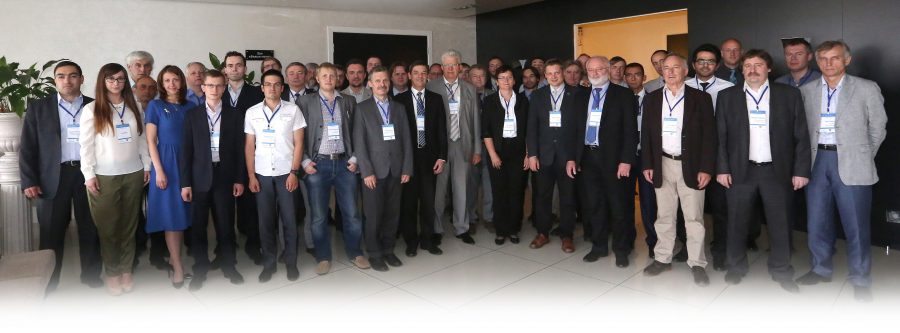
The IAEA Regional Workshop on “Defence in Depth and Diversity Aspects in the Modernization of Existing Nuclear Power Plant I&C Systems and in New I&C Designs” was held in Saint Petersburg, Russian Federation on 30 June – 3 July 2015. The workshop was part of the IAEA Technical Cooperation Project “RER/2010 – Strengthening Capabilities for Nuclear Power Plant Lifetime Management for Long Term Operation”.
The purpose of the workshop was to provide an international forum for sharing experience regarding the strategy and application of the defence in depth and diversity (D3) principles in the modernization of existing nuclear power plant I&C systems and in new I&C designs.
Presentations and discussions covered relevant aspects of the D3 principles in I&C systems and human-system interfaces. Lessons learned from completed or planned digital I&C designs for modernization projects and new systems were presented and discussed in a workshop-like setting with interactive communication.
Oszvald Glöckler, CEO of SunPort SA, was one of the four invited international expert lecturers, covering the subject of “Provision of diversity through the application of FPGA based systems”. Other lecturers were from Rolls-Royce, Fortum, and CEZ.
Emphasis was placed on all critical areas that represent challenges today for the nuclear I&C industry, particularly:
- Common cause failure (CCF), diversity, and defence-in-depth considerations for I&C designs in modernization projects and new I&C systems;
- The use of signal, functional, design, software, human and equipment diversity in I&C systems;
- Separation and functional isolation within protection systems and between control and protection systems;
- Dependability assessment of software used in digital I&C systems to cope with CCF;
- Communications and connections between safety/non-safety subsystems;
- Diverse actuation systems;
- Provision of safety grade manual actuation for safety functions;
- Protection functions sharing common digital components or signals;
- Licensing challenges with regard to defence in depth and diversity aspects;
- Experiences and lessons learned from on-going and completed modernization projects and new system designs.
